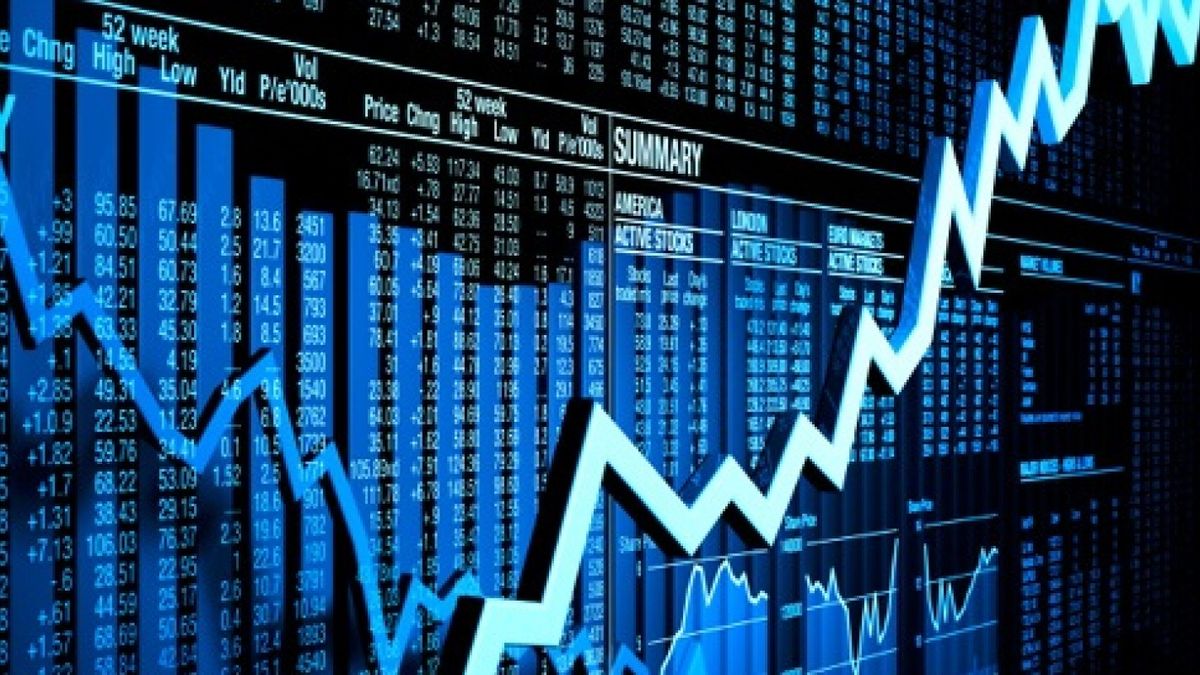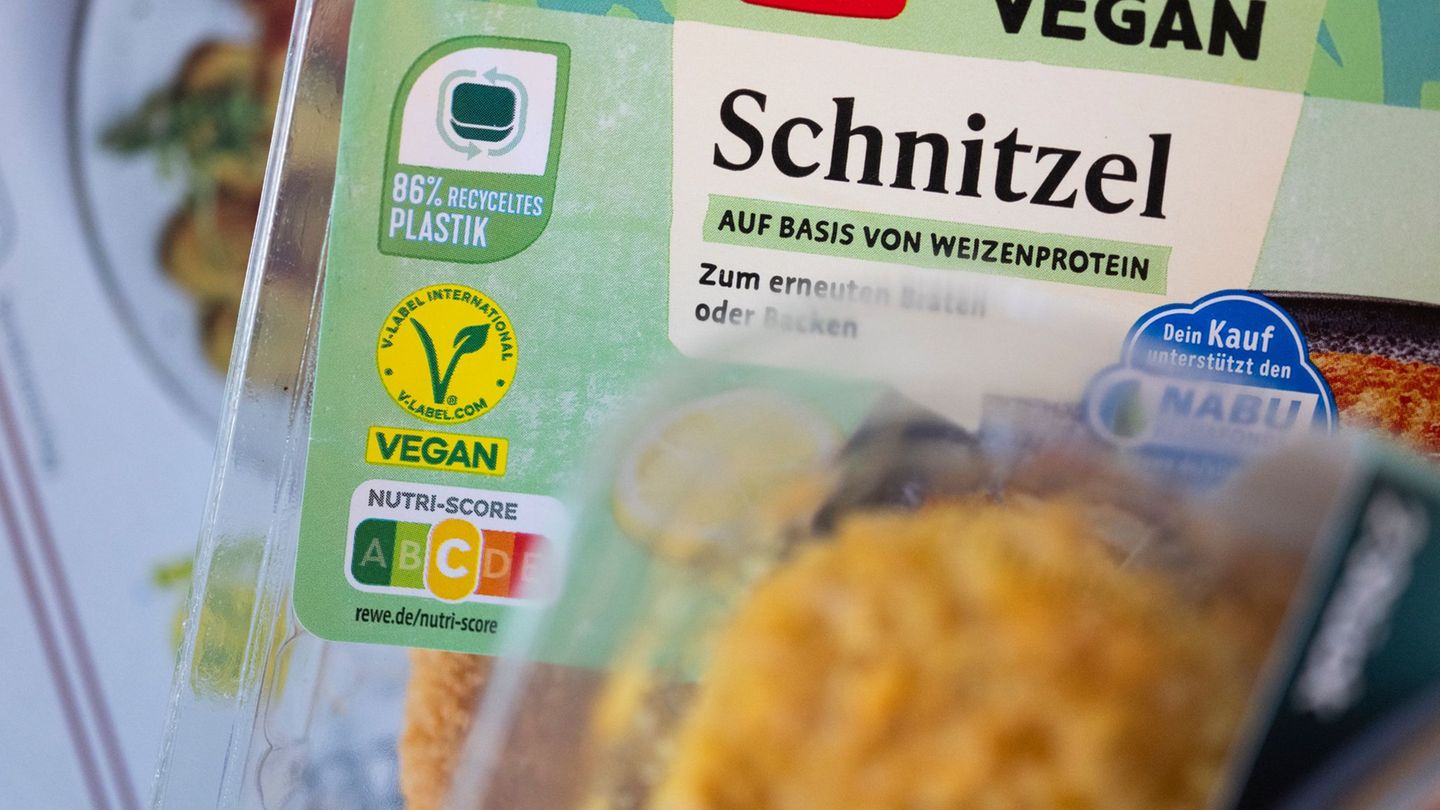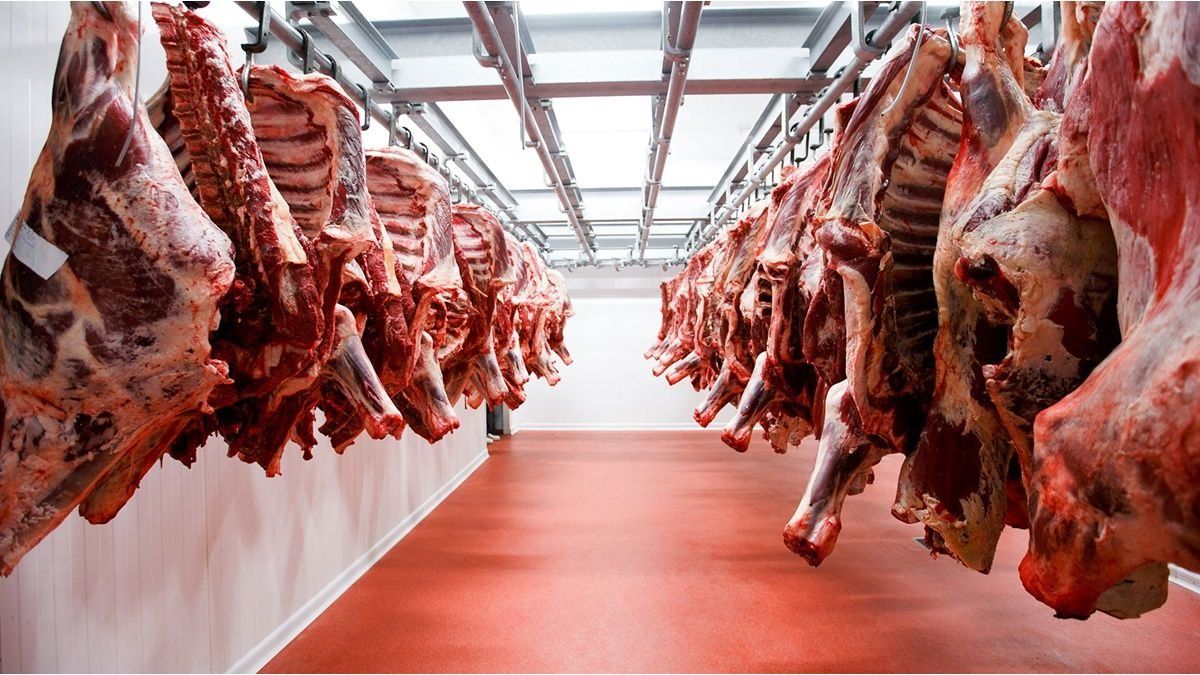In this framework, the Argentine country risk measured by JP Morgan rose for the fourth day in a row, at register a rise of 2.1% to settle at 2,383 basic points.
note of the daythe CCL dollar gave it, which exceeded $300 and the gap ended above 106%. “The rate of exchange issuance is already equivalent to 12% of the monetary base in August. This and the inflation that remains high led the BCRA to raise the rate by 550 points and increase the quasi-fiscal cost of the stock of its remunerated liabilities,” they described from Aurum Valores.
In this framework, the reserves of the Central Bank added in the last two weeks, until Friday, some 2,170 million dollars due to the massive liquidation of soybean exporters, who are taking advantage of a special exchange rate during September.
With the idea of recovering foreign currency, the Government recognizes 200 pesos for each dollar to those who sell their soybean positions, one of the main national products with wide external distribution.
“With the new rise in the rate and the acceleration of the ‘crawling-peg’ already on the table, the attention of operators continues to be focused on the ‘soybean dollar’ since it is crucial for the supply of foreign currency and thus the recovery of reserves , even though the associated monetary issue must be sterilized in order to avoid putting pressure on inflation”, explained the economist Gustavo Ber.
The BCRA raised its benchmark rate on Thursday by 550 basis points to 75% annual nominal, with which it seeks to sterilize the pesos in circulation with the special change for soybeans.
Argentina’s economy will grow 2% with an annual inflation of 60% in 2023, according to the budget project that the Government sent to the National Congress on Thursday night. In the midst of a delicate financial crisis, the country will grow 4% and will have an inflation of 94.5% in 2022.
ADRs and Merval
The Argentine shares closed with most losses this Friday on Wall Street, affected by the fall in the US stock market due to negative data on the US economy.
The falls of Argentine companies were led by Telecom (-4.9%), Mercado Libre (-4.8%); Central Port (-4%); and IRSA (-3.6%).
Among the few advances of the day were those of the shares of YPF (+4.5%); BBVA Bank (-1.3%); and Edenor (+1.1%).
For repurchases led by energy papers, the S&P Merval Buenos Aires index, the S&P Merval of the Argentine Stock Exchange and Markets (BYMA) it went on to gain 0.7%, to 145,741.82 points, compared to the intraday record of 148,452.17 units reached on Thursday.
“If the current macroeconomic imbalances continue, with lower real wages and a strong tariff impact that would affect 30% of the country’s households, the mass consumption sector will present lower levels of operating profitability and greater pressures to finance its working capital,” said Pablo Artusso, an analyst at rating agency Moody’s Argentina.
The most important advance was recorded by YPF (+5.6%). behind appeared Transener (+5.2%) and Banco BBVA (+1.7%). Among the losses appeared BYMA (-2.5%); Grupo Valores (-2.1%), and Central Puerto (-1.8%).
Source: Ambito
David William is a talented author who has made a name for himself in the world of writing. He is a professional author who writes on a wide range of topics, from general interest to opinion news. David is currently working as a writer at 24 hours worlds where he brings his unique perspective and in-depth research to his articles, making them both informative and engaging.




